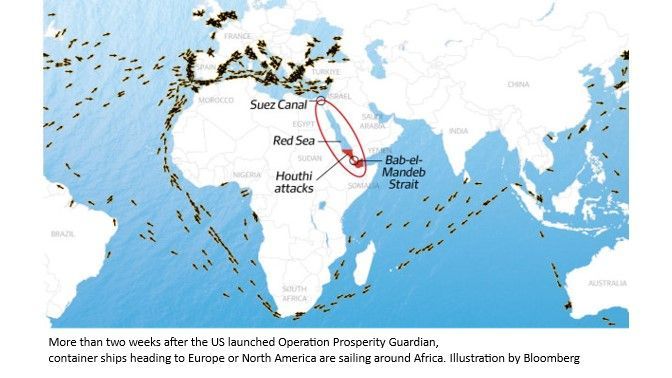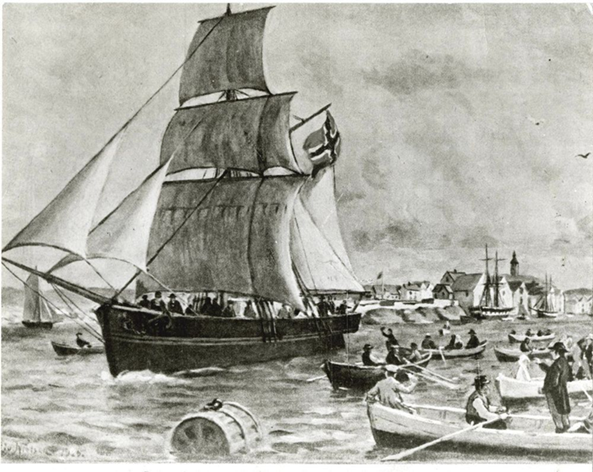

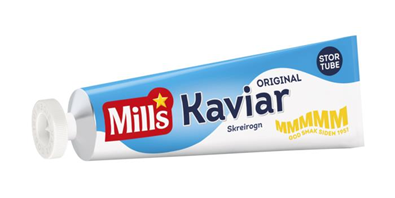
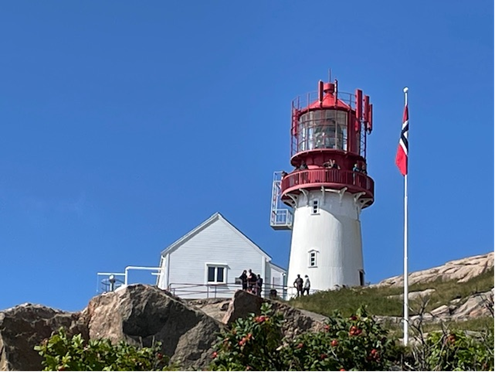

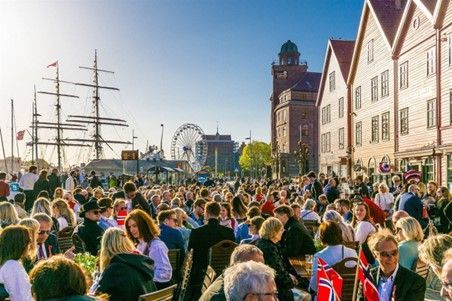
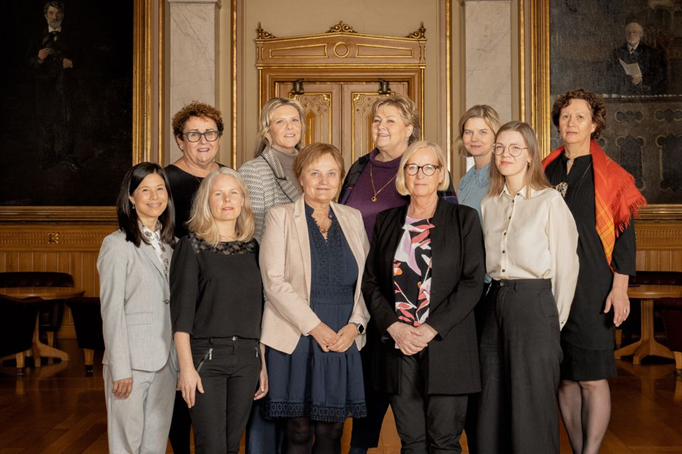

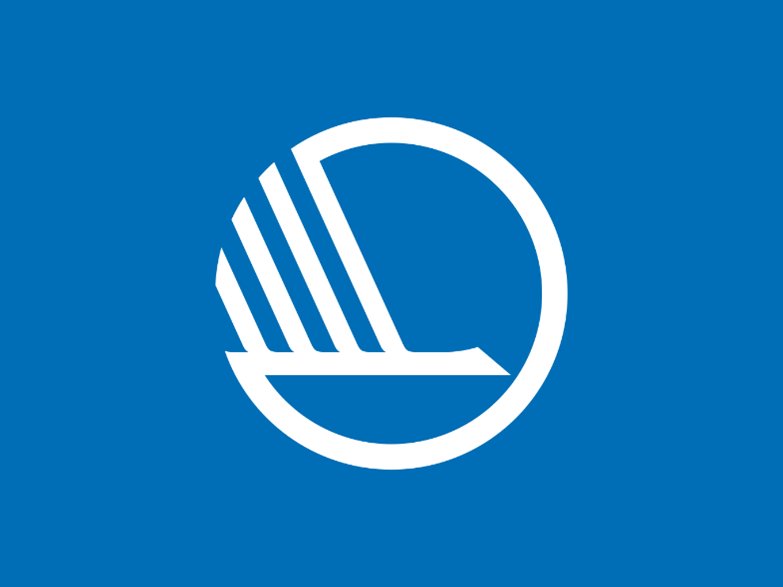
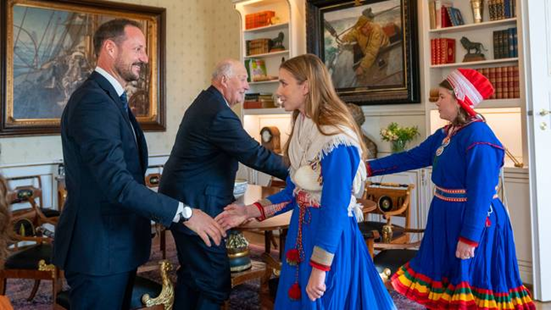
My father always said, “when someone loses, someone else wins.” I think this is certainly true when we talk about the conflict in the Red Sea and the Suez Canal where Houthi rebels began firing on U.S. military and commercial vessels after a deadly blast at the Al-Ahli hospital in Gaza on October 17th, a few days after the outbreak of the Israel-Hamas war. The Houthis, who support Palestinians under attack by Israel in Gaza, claim they only target vessels heading for or with ties to Israel, but others have been hit as well.
Cargo vessel "Galaxy Leader" escported by boars from Houthi-rebels las Fall. Photo: Houthi Military/Reuters/NTB
More than two weeks after the US launced Operation Prosperity Guardian, container ships heading to Europe or North America are sailing around Africa. Illustration by Bloomberg.
On November 19th, Houthi commandos landed a helicopter on the Galaxy Leader cargo vessel as it was passing through the southern Red Sea. They redirected it toward Hodeidah port in Yemen and seized the crew, who are still being held captive. Since then, at least 40 ships (mostly in the southern Red Sea) have been attacked according to Ambrey Analytics, a global maritime risk management firm. The Galaxy Leader is a Vehicle Carrier built in 2002 currently sailing under the flag of Bahamas on a charter by the Japanese shipping company Nippon Yūsen K.K.
The United States is leading an international naval coalition of more than 20 countries including the United Kingdom, Bahrain, Canada, France, Italy, Netherlands, Norway, Seychelles and Spain, to help secure the Red Sea and to protect ships passing through the area. Nearly 15 percent of global marine trade passes through the narrow entrance to the Red Sea between Djibouti and Yemen and more vessels were targeted by the Houthis’ drones and missiles earlier this year.
The allies first struck Houthi targets on January 11th after a week in which the Houthis had been particularly defiant, launching several attack drones and cruise and ballistic missiles at merchant vessels and U.S. Navy warships in the Red Sea and the Gulf of Aden. The nightly attacks are backed by a UN Security Council resolution which stated that there would be consequences if the Houthis in Yemen didn’t halt the attacks on vessels sailing along Yemen’s Red Sea coast on routes to or from the Suez Canal. The Houthis couldn't have mounted those attacks without Iranian support going back for a decade during which the Iranians have been supplying the Houthis, advising them and providing targeting information.
The United States and Great Britain have taken action including retaliatory strikes against the Houthis and shooting down the militia's drones and missiles. In addition, the United States has been intercepting Iran's attempts to smuggle weapons to the Houthis. The U.S. Central Command reported that on January 28th, the U.S. Coast Guard cutter Clarence Sutphin Jr. boarded a vessel in the Arabian Sea that was bound for Yemen and seized medium-range ballistic missile parts, explosives, USV components and military-grade communications equipment.
An unnamed US Admiral says the fight against the Houthis in the Red Sea is the largest battle the Navy has fought since World War II. Sailors aboard the aircraft carrier USS Dwight D. Eisenhower and its accompanying warships have spent four months straight at sea defending against the missiles and attack drones fired by the Houthis. They are now more regularly also defending against a new threat — fast unmanned vessels that are fired at them through the water.
According to a February 23rd broadcast by NPR’s Jackie Northam, China is “noticeably absent” from the coalition even though it depends on the waterway to safely ship goods to Europe. According to Reuters, China lobbied Iranian officials to curb the activities of Houthi rebels in the Red Sea; but Neil Thomas, a fellow on Chinese politics at the Asia Society research group, says those talks appear to have had limited effect, so far. "We have to bear in mind that China and Iran are close, but Iran has its own agenda," Thomas says. "But the Houthis are independent actors who also have their own agendas and haven't always listened to Iranians in the past."
The rebels say they will continue firing on commercial and military vessels transiting the region until Israel ceases its military operations inside Gaza. I believe the conflict will last as long as long as Israel is at war with Palestine.
The war itself aside, who loses and who wins from the conflict in the Red Sea? After the coalition retaliated against attacks on commercial vessels, the price of oil shot up and so large oil industries, including Norway‘s, can profit on the situation.
Norwegian ship owners, among ship owners in many countries, also benefit from the conflict. The tension in the Middle East prompted investors to buy shares in shipping companies, so shipping rates and the value of shipping companies are up. In the short term, an escalation in the Middle East will be positive for shipping shares. Large tanker shipping firm Frontline gained as much as 7.28 percent.
Because of the attacks on commercial ships in the Red Sea, companies must pay higher insurance rates or reroute goods around Africa. Container shipping companies are already opting to sail around Africa -- adding almost two weeks and millions in fuel cost to the shipping. I expect more will do the same, boosting their revenues, but also the price of whatever is on board. Consumers are already being warned to expect higher prices and delays in the delivery of goods which puts them high on the list of losers.
In addition to consumers worldwide, the losers include exporters. One of the many industries suffering deeply is Norwegian fishing exporters who got a significant increase in freight rates which they will have to pay immediately, but they will have to wait much longer before they get paid by customers on the other side of the world. In 2023, Norway exported fish with a value of $17 Billion.
So, where is all this going? I believe we all lose in the end. While there may be some people having financial gain in the short term, we may be in this for a long time. We get a higher cost of living, a lack of goods we are used to having and an unstable world around us. I see volume going down in all logistic chains. But my theme for this year is Hope, so here’s the good news. Many executives whose companies ship goods through the Red Sea and Suez Canal have said the impact so far has been limited, in part because of lessons they learned from the more severe, worldwide supply chain disruptions during the worst of the Covid pandemic.
“Moving forward, disruption will hit companies,” said David Simchi-Levi, a professor at the Massachusetts Institute of Technology. “Today it is the Red Sea, tomorrow it will be something else.”



